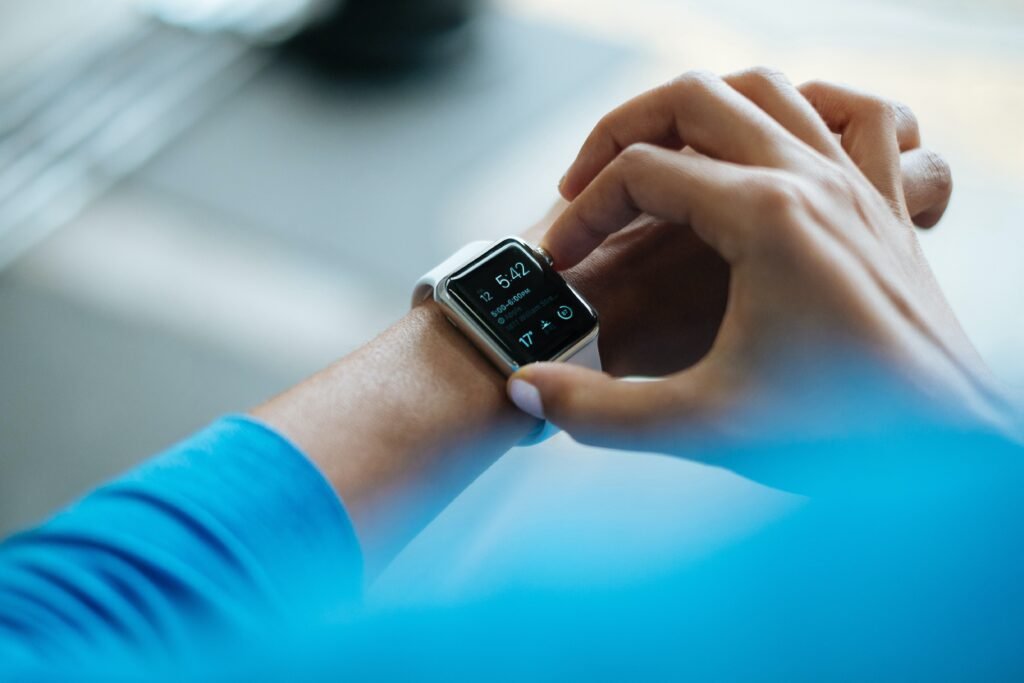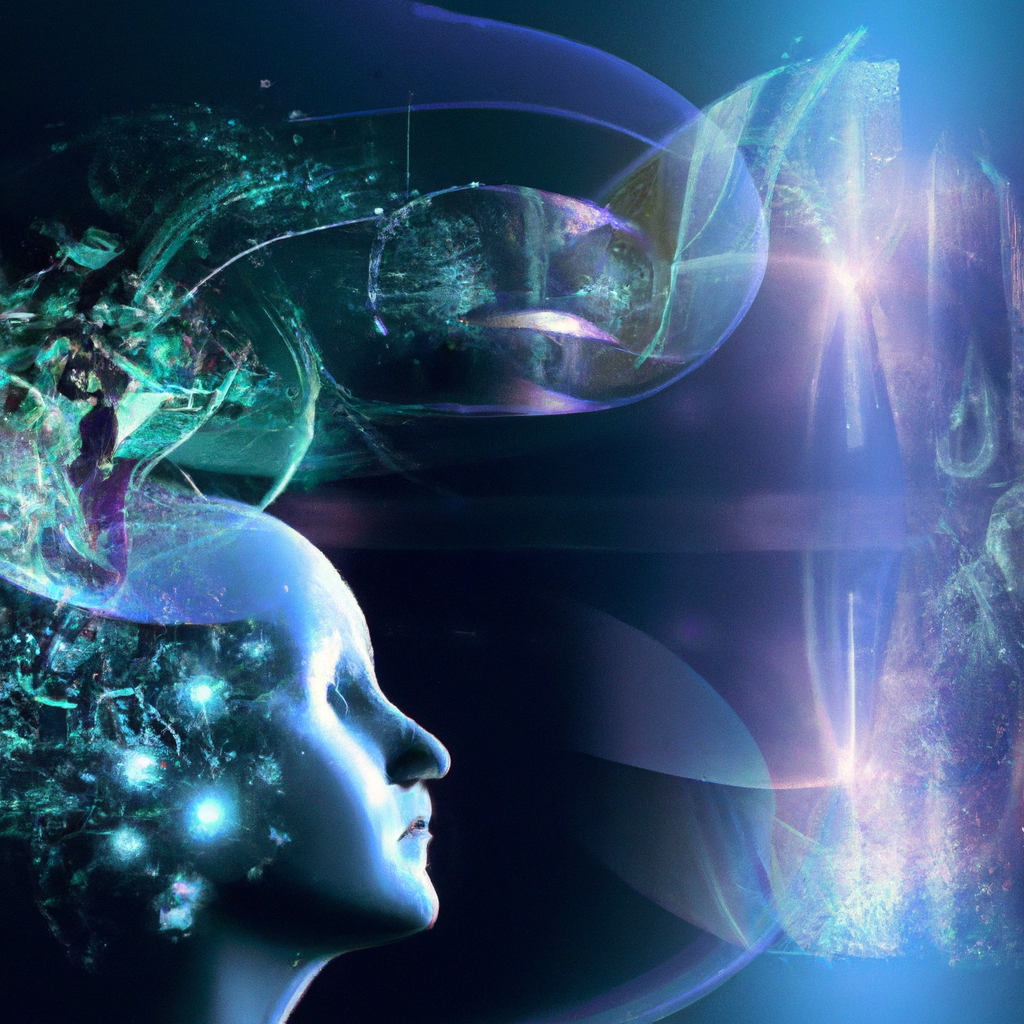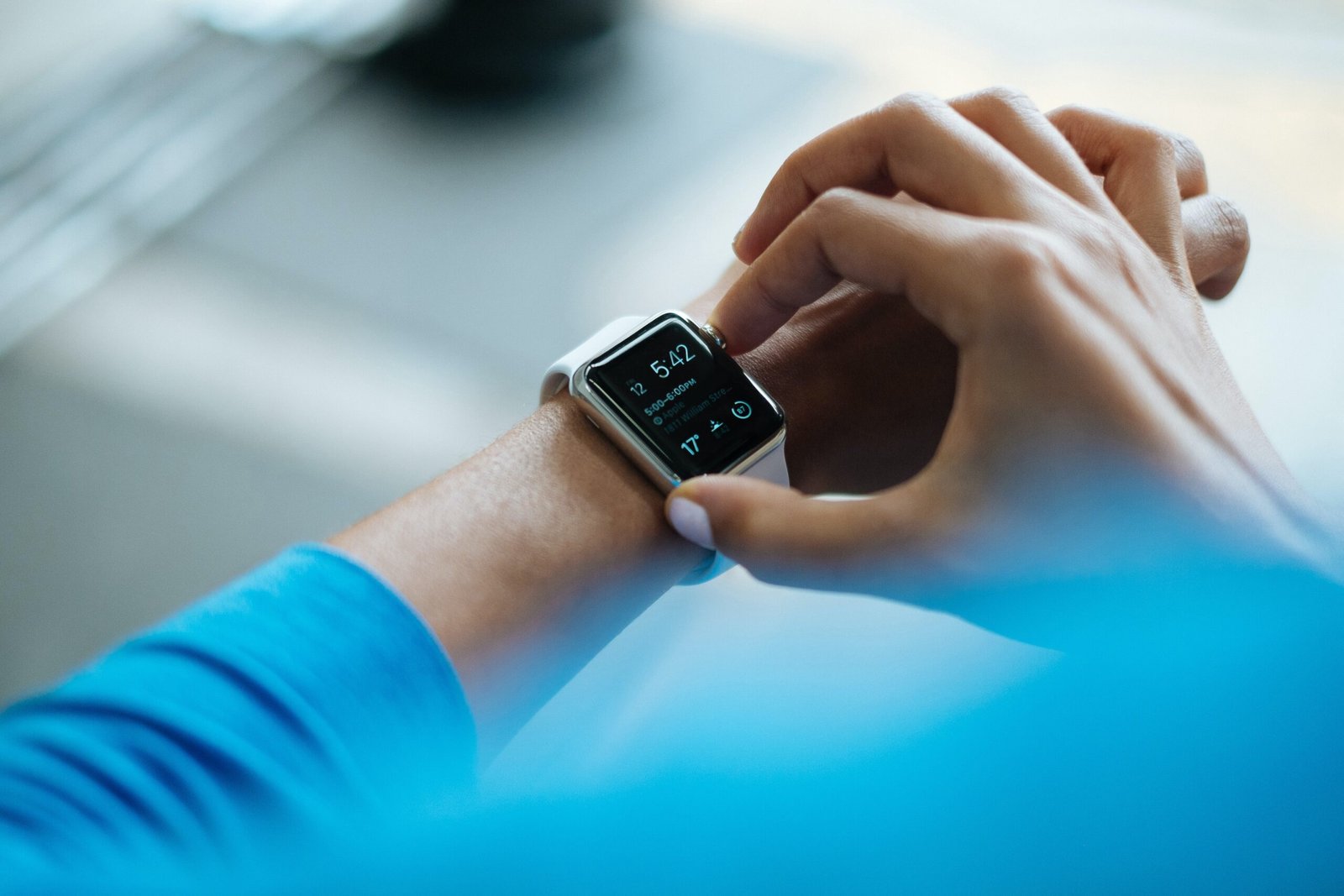Imagine a world where machines not only replicate human behavior with astonishing accuracy, but also possess the ability to create unique and original works of art, music, and literature. The question of whether Artificial Intelligence (AI) is capable of creativity has ignited a fervent debate. While some skeptics argue that true creativity is a product exclusive to the human mind, proponents of AI’s creative potential believe that these intelligent machines can indeed produce works that rival those of the most imaginative human artists. As the boundaries between human and machine continue to blur, it is worth exploring the question: Is AI capable of creativity?
Understanding AI
Defining AI
Artificial Intelligence (AI) refers to the development of computer systems that can perform tasks that typically require human intelligence. These systems are designed to analyze vast amounts of data, make decisions, and solve complex problems. AI utilizes various techniques such as machine learning, natural language processing, and computer vision to mimic human intelligence.
Types of AI Systems
There are different types of AI systems, each with its own capabilities and limitations. Narrow AI, also known as Weak AI, is designed to perform specific tasks within a defined domain. Examples of narrow AI include voice assistants like Siri or Alexa, which can understand human speech and perform certain actions like setting alarms or playing music.
On the other hand, General AI, also known as Strong AI, aims to possess the same level of intelligence and understanding as a human being. This type of AI would have the ability to understand, learn, and apply knowledge across a wide range of domains. However, General AI is still largely theoretical and does not yet exist in practice.
AI and Creativity
AI’s capabilities in creativity have gained significant attention in recent years. While creativity is often associated with human thought processes and imagination, AI has shown promising potential in generating creative outputs. AI-powered systems can now compose music, create visual art, and even write literature. However, the question remains: can AI truly exhibit creativity in the same way humans can?
The Nature of Creativity
What is Creativity?
Creativity can be defined as the ability to generate novel ideas, concepts, or solutions that are both original and valuable. It involves thinking outside the box, combining existing knowledge in unique ways, and expressing oneself through various mediums. Creativity is a fundamental aspect of human intelligence and plays a vital role in fields such as art, music, literature, and innovation.
Creativity in Humans
Human creativity is a complex process that arises from a combination of cognitive abilities, emotions, personal experiences, and cultural influences. It involves divergent thinking, the ability to generate multiple ideas, and convergent thinking, the ability to select and refine those ideas. Human creativity often emerges from a deep understanding of the subject matter, emotional connections, and the ability to think abstractly and metaphorically.
Challenges in Defining Creativity
Defining creativity has always been a challenge due to its subjective and multi-dimensional nature. Different individuals and cultures perceive creativity differently, making it difficult to establish a universally accepted definition. Moreover, creativity is influenced by various contextual factors, including social norms, value systems, and societal expectations. These challenges highlight the complexity of understanding and replicating creativity in AI systems.

This image is property of images.unsplash.com.
AI vs. Human Creativity
Comparing AI and Human Intelligence
AI has made remarkable progress in recent years, surpassing human capabilities in certain tasks such as image recognition and complex calculations. However, when it comes to creativity, AI still struggles to replicate the depth and complexity of human thought processes. While AI can generate creative outputs, it lacks the emotional and contextual understanding that humans possess. Human creativity stems from personal experiences, emotions, and cultural influences, whereas AI relies solely on algorithms and data analysis.
Limitations of AI in Creativity
AI’s limitations in creativity arise from its reliance on patterns and data. AI systems excel at recognizing and replicating patterns, but they struggle with originality and innovation. Creativity often involves breaking established patterns and thinking beyond existing boundaries, which is a challenge for AI. Additionally, AI lacks subjective experiences and emotions, which are integral to human creativity. These limitations hinder AI’s ability to truly replicate human-like creativity.
Analyzing AI-generated Art
AI-generated art has gained attention in recent years, with AI systems creating paintings, compositions, and even poetry. While these creations can be visually appealing or melodically pleasing, they lack the deeper meaning and emotional connection that human art often possesses. AI-generated art lacks the personal expression, intention, and subjective interpretation that human artists bring to their works. Therefore, while AI-generated art can be fascinating and impressive, it falls short of human creativity.
Examples of AI Creativity
Music Composition
AI has made significant strides in music composition, with systems capable of generating original melodies and harmonies. However, AI-generated music often lacks the emotional depth, improvisation, and personal storytelling that human musicians bring to their compositions. AI can analyze vast databases of music to create new pieces, but it struggles to understand the nuances of human emotions and experiences that are often conveyed through music.
Visual Arts
AI systems have shown potential in creating visually appealing art, including paintings, drawings, and digital imagery. These systems can analyze existing artwork and generate new pieces that mimic certain styles or combine different artistic elements. However, AI-generated art lacks the intention, personal expression, and underlying messages that human artists imbue in their work. Human artists often create art as a means of self-expression and commentary on the world, while AI-generated art lacks that deeper connection.
Writing and Literature
AI has also ventured into the realm of writing and literature, capable of generating coherent and grammatically correct text. From news articles to creative stories, AI systems can generate written content based on patterns and similarities in existing texts. However, AI lacks the ability to truly understand the nuances of language, context, and emotion that human writers bring to their work. Human literature often reflects the human experience and explores complex themes, while AI-generated writing tends to be superficial and lacks true depth.

This image is property of images.unsplash.com.
AI in Creative Industries
Collaborative Potential
While AI may not fully replicate human creativity, it has immense potential to collaborate with humans in creative industries. AI can analyze data, provide insights, and assist in the creative process. For example, AI algorithms can help composers discover new chord progressions, writers brainstorm plot ideas, or visual artists explore new techniques. By collaborating with AI, creatives can enhance their own creativity and push the boundaries of their respective fields.
Enhancing Human Creativity
AI tools can act as a source of inspiration for human creators, providing them with new perspectives and ideas. By analyzing vast amounts of data, AI can identify patterns, spot trends, and offer insights that may have been overlooked by humans. AI can help creatives break free from creative blocks, find novel approaches to their work, and expand their creative horizons. By augmenting human creativity, AI can facilitate innovation and enable the creation of new and exciting works.
AI as a Tool for Creatives
AI can serve as a powerful tool in the hands of creative professionals. From graphic design to music production, AI-powered software can enhance efficiency, automate repetitive tasks, and streamline workflows. For example, AI algorithms can assist graphic designers in creating mockups or assist video editors in generating automated cuts. By delegating time-consuming tasks to AI, creatives can focus on the more strategic and imaginative aspects of their work, further fueling their creativity.
Ethical Considerations
Intellectual Property and Attribution
The rise of AI in creativity raises ethical questions regarding intellectual property and attribution. If an AI system creates a piece of art or composes music, who owns the rights to that creation? Should the AI system be considered the artist, or should credit be attributed to the human programmer or the dataset used? These questions highlight the need for clear guidelines and regulations to ensure fair attribution and protection of artistic works.
Bias and Programming
Another ethical consideration is the potential for bias in AI systems. AI learns from existing data, including societal biases and prejudices that may be present in the data. If AI is used in creative industries, there is a risk that these biases may be perpetuated or amplified in the generated content. It is crucial to address bias in AI systems and ensure that they promote diversity, inclusivity, and fairness in the creative outputs they generate.
The Role of AI in Society
The integration of AI in creative industries raises broader societal implications. As AI becomes more involved in generating creative works, what role will human artists play? Will there be a shift in societal perceptions and appreciation for AI-generated art? These questions not only challenge the notion of creativity but also highlight the need for ongoing discussions surrounding the impact and role of AI in society.

This image is property of images.unsplash.com.
AI’s Innovative Contributions
Novel Approaches and Ideas
AI has the potential to contribute novel approaches and ideas to various fields. By analyzing vast amounts of data, AI can identify patterns, trends, and correlations that humans may have missed. These insights can lead to innovative solutions, new perspectives, and unconventional approaches to problem-solving. AI’s ability to think beyond human biases and limitations can open up exciting possibilities for innovation and advancement.
Exploration of Uncharted Territories
AI can also be instrumental in exploring uncharted territories and pushing the boundaries of human knowledge. Through data analysis and pattern recognition, AI can detect anomalies, predict new phenomena, and discover hidden patterns. This ability to explore the unknown can pave the way for breakthroughs in various fields, from scientific discoveries to artistic expressions. AI’s capacity for exploration offers new avenues for human creativity and pushes the limits of what is possible.
Enhanced Problem-Solving Abilities
AI’s problem-solving abilities can greatly benefit creative industries. By analyzing complex data sets and identifying patterns, AI can assist creatives in overcoming challenges and finding innovative solutions. Whether it’s determining optimal color palettes for designers or suggesting plot twists for writers, AI can augment human problem-solving abilities in the creative process. This collaboration between AI and humans can lead to more efficient and effective problem-solving, fostering greater creativity and productivity.
Creativity as Emergent Intelligence
Creativity as a Complex Process
Creativity is often considered an emergent property of human cognition. It arises from the interactions between various cognitive processes, including memory, perception, imagination, and emotions. Human creativity is a result of the complex interplay of these processes, which are influenced by personal experiences, cultural influences, and individual traits. As such, replicating creativity in AI requires not only mimicking these processes but also understanding the context in which they operate.
AI’s Capacity for Emergent Creativity
While AI lacks the same cognitive processes and context as humans, it can still exhibit emergent creativity within defined domains. By analyzing patterns and generating new combinations of existing elements, AI can produce outputs that appear creative. However, AI’s emergent creativity is a product of its algorithms and data, rather than the depth of human experiences and emotions. AI’s capacity for emergent creativity is limited by its inability to truly understand the meaning and significance behind its creations.
Integration of Creativity in AI Systems
Integrating creativity into AI systems is a complex and ongoing challenge. Researchers are exploring ways to incorporate elements of human-like creativity by incorporating emotional intelligence, contextual understanding, and personalization. By combining AI algorithms with cognitive models inspired by human creativity, there is potential to bridge the gap between AI-generated outputs and human-like creativity. However, achieving meaningful integration of creativity in AI systems remains a work in progress.

Future Possibilities
Advancements in AI Technology
As AI technology continues to advance, the possibilities for AI’s role in creativity are vast. Improved algorithms, increased computing power, and enhanced data analysis capabilities may enable AI systems to generate more sophisticated creative outputs. AI systems may be able to better understand context, emotions, and subtleties of human experiences, leading to more genuine and nuanced creative expressions. Continued advancements in AI technology could push the boundaries of AI creativity even further.
Potential Boundaries to Overcome
Despite advancements, there are several key challenges AI must overcome to truly rival human creativity. These challenges include developing AI systems that can emulate human emotions and subjective experiences, understanding complex contextual factors, and replicating the depth and complexity of human thought processes. Additionally, ethical concerns such as bias and intellectual property need to be addressed to ensure responsible AI creativity.
Implications for Society
The impact of AI creativity on society is yet to be fully understood. It may lead to shifts in artistic appreciation, redefine the role of human creators, and create new job opportunities in AI-assisted creative fields. As AI becomes more involved in the creative process, the boundaries between human and AI-generated art may blur, challenging traditional notions of creativity and artistic expression. Society must navigate these changes, embracing the potential benefits while addressing the ethical and societal implications.
Conclusion
AI has shown remarkable progress in generating creative outputs across various domains. While AI may not possess the same depth and complexity of human creativity, it has demonstrated the ability to produce novel and valuable outputs. AI’s collaboration potential, ability to enhance human creativity, and innovative contributions make it a valuable tool in creative industries. However, challenges such as bias, intellectual property, and the lack of subjective experiences in AI systems must be addressed. As AI technology continues to advance, society must carefully consider the implications and redefine the boundaries of creativity in the age of AI.

